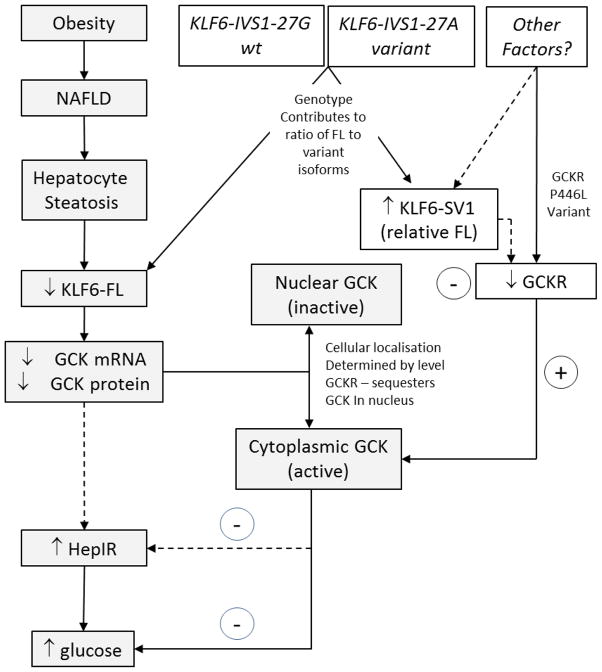Figure 7. Proposed Mechanisms for KLF6 Regulation of Hepatic Glucose Control.
KLF6 is a ubiquitously expressed immediate early gene expressed in response to stressful stimuli. It is regulated by alternative splicing to dominant negative splice forms. The KLF6-IVS1-27A polymorphism favours alternative splicing. In the obesity related metabolic syndrome, fat accumulates in hepatocytes. While KLF6 expression increases in inflammatory and non-parenchymal cells in NASH, it falls in fat laden hepatocytes. Consequently expression of its transcriptional target GCK falls, leading to reduced GCK protein in hepatocytes, an increase in hepatic insulin resistance and an elevated plasma glucose. Importantly, however, the activity of the GCK that is expressed is determined by its localisation – being active in the cytoplasm, but inactive in the nucleus. GCKR is its negative regulator, responsible for its nuclear sequestration. A relative increase in KLF6-SV1 expression in steatotic hepatocytes is associated with a fall in GCKR, which we propose facilitates GCK activity, antagonising the KLF6-FL (or wt genotype) association with elevated serum glucose and HepIR.

